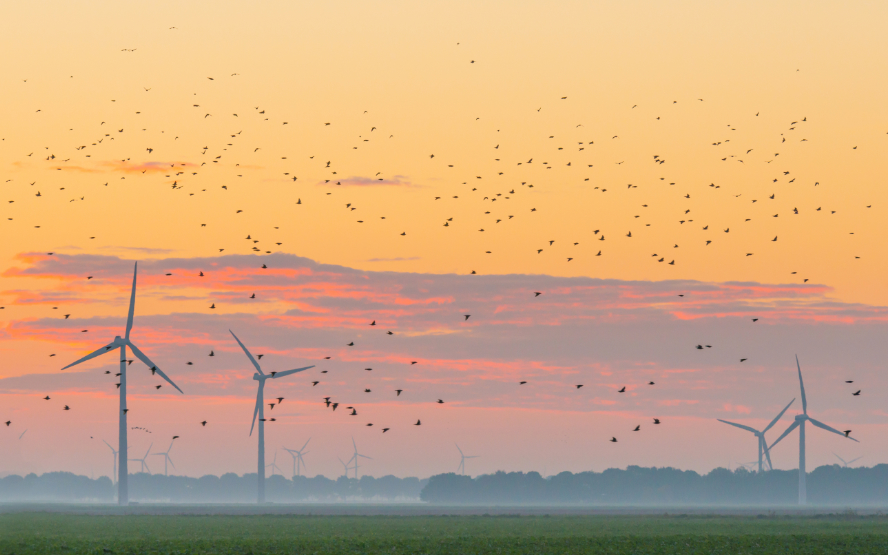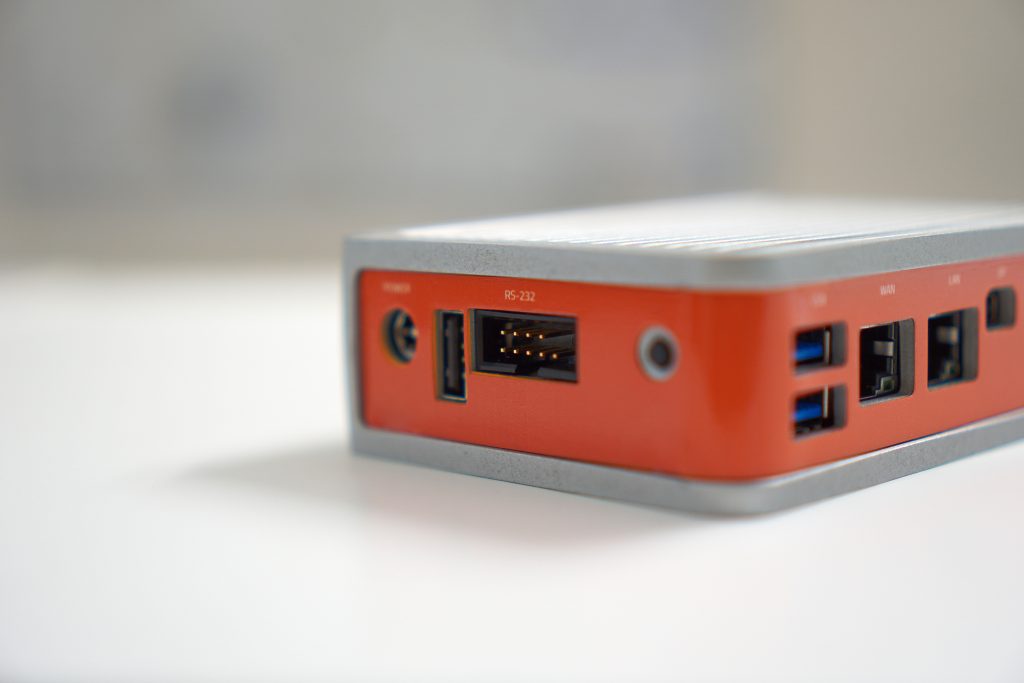Smart Grid – the Future of Energy
The current problems with global energy supply and climate change clearly show that the transition to renewable sources of energy is more urgent than ever. To this end, in 2015, the United Nations adopted the 2030 Agenda with its 17 Sustainable Development Goals (SDGs). The seventh goal is the availability of affordable and clean energy. This is accompanied by, among others, the eleventh goal, the development of sustainable cities and communities.
What role do smart grid solutions play in this? Find out below how smart grids are driving the transition to renewable energy.
What is a smart grid?
A smart grid is an electricity network that uses two way communication technology together with automation and IT systems to monitor and control the flow of energy from power generation to energy consumption. Smart grids transmit the electricity and real-time data to enable a fast response to changing electric demand.
Support for the Smart Grid became federal policy in the United States with the passage of Title XIII of the Energy Independence and Security Act of 2007 (EISA). EISA provides legislative support for the Department of Energy’s (DOE) smart grid activities and reinforces its role in leading and coordinating national grid modernization efforts.
How does smart grid technology work?
In a smart grid, individual households, communities or companies become energy resources when they use solar panels, wind power, photovoltaic and biogas plants. They no longer just consume energy, but also generate it themselves – turning from “consumers” into “prosumers“. These users are connected by modern communication networks and exchange data in real time. This allows them to dynamically respond to the current situation of power production and consumption.
Elements of a smart grid
A smart grid includes various stakeholders that are connected to each other. In addition to consumers and producers, the smart grid also includes electricity storage units. They store the surplus energy. This means that electricity is available even if the weather is calm or the sun is not shining. These storage units can also be electric vehicles. Conventional power plants will continue to generate a large part of the electricity in the future and will also be integrated into the smart grid.
Smart Meters – the intelligent links
Smart meters or advanced metering infrastructure (AMI) installations are an important component of smart grids. They communicate information to the consumer for greater clarity of consumption behavior. With it, consumers can see how much electricity they are using, when they are using it, and its cost. Combined with real-time pricing, smart meter users can save money by using less power when electricity is most expensive. They are key to the digital transformation of energy systems.
As of 2020, over 100 million advanced smart electric meters have been installed throughout the United States, with residential installations representing 88% of the total.
Another important component for the energy distribution grid is a gateway. This device forms the interface between the smart meters and the other elements in the smart grid.
How do smart grids support the transition to renewable sources of energy?
A traditional power grid transports the electricity from a centralized power plant to the consumer. Fluctuations can be balanced out by the power plant lowering or raising its output. The future of energy supply will become increasingly decentralized with a variety of sources including wind and solar farms, biogas plants, and businesses or households operating photovoltaic systems.
Since these renewable sources are not always consistently available at all times, electricity production can fluctuate greatly. A smart grid connects all the energy producers and consumers and even other factors such as real-time data from the electricity market and weather forecasts. This enables a flexible response to supply and demand. Surplus energy can be transferred to storage units such as heat pumps or batteries.
Modern network technologies enable smart grids
Modern communication technologies are needed to ensure that the smart grids of the future can be operated efficiently and safely. Smart meters are an important element in this context, enabling direct adjustment of a household’s electricity requirements. In addition, power-hungry devices can be identified and replaced more quickly. This adjustment, also known as “condition monitoring,” provides stability. Predictive maintenance prevents overloading of power grids and enables an immediate response to failures.
The Internet of Energy
The interaction of the individual elements in the smart energy system of the future is also referred to as the Internet of Energy. Analogous to the Internet of Things (IoT), devices here are connected to each other as well as to operators via modern communication networks. This enables them to react in real time.
How OnLogic makes smart grid solutions possible
OnLogic worked with the Austrian company neoom who is dedicated to developing smart power systems to drive the energy transition. Neoom offers electricity storage, charging stations and photovoltaic systems as well as a software platform. This allows all data on usage and consumption to be tracked in a dashboard in real time. Energy communities are to be created by connecting individual households and companies. They can share sustainably produced electricity with each other and thus become self-sufficient. The gateway, called BEAAM, is built upon the fanless CL210G-11 from OnLogic. Read more in our customer story.
Get the Latest Tech Updates
Subscribe to our newsletters to get updates from OnLogic delivered straight to your inbox. News and insights from our team of experts are just a click away. Hit the button to head to our subscription page.
Share
More Articles
OnLogic Industrial Computers
Discover OnLogic's multitude of industrial computers that will help you to advance your IoT project
Learn more at OnLogic.com
OnLogic Industrial PCs: Designed to last. Built to order. Delivered in days. Visit our online store at OnLogic.com








